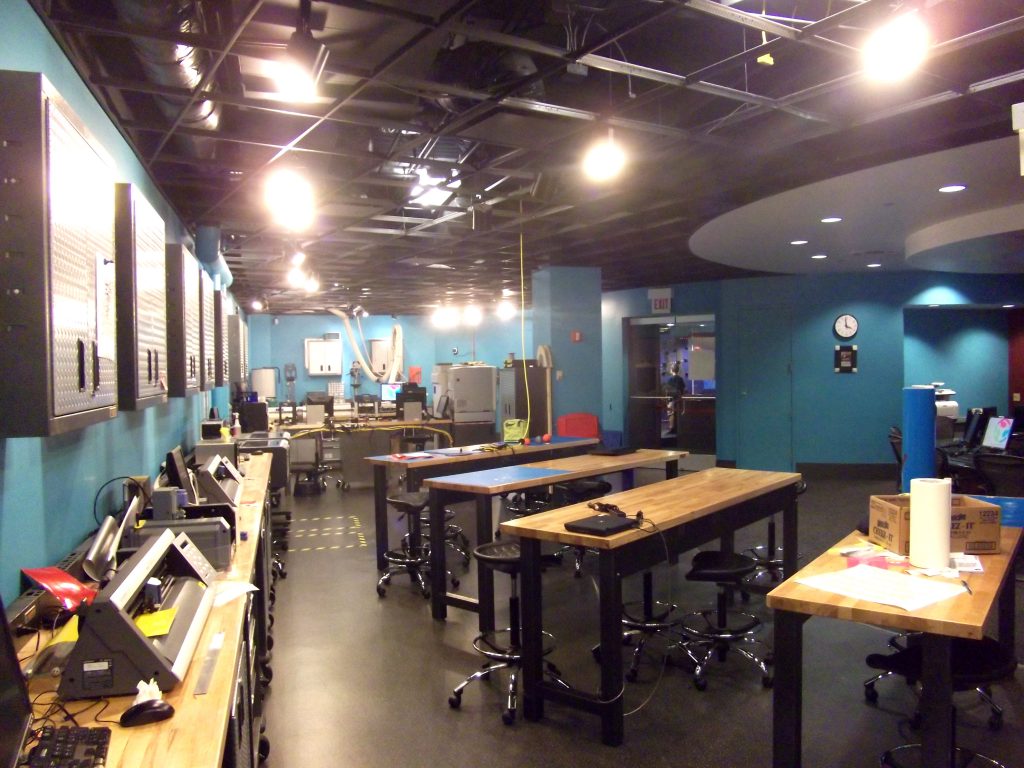Len Wanger is Chief Technology Manager at Impossible Objects, Inc. He is also currently a Managing Partner at Deer Valley Ventures, investing in early stage advanced and additive manufacturing companies. He gives good insight into both the technical world as well as the financial realm within additive manufacturing. He also is involved as a chairman of the FabLab Association for the Museum of Science and Industry.
What has lead you to this point?
I started my career in computer graphics. I was focused on the software that produced the images. I did a lot of graphics simulations. This lead to CAD and finite element analysis. In 1992 I was a researcher and was able to work on one of the first 3D printers. I was able to help researchers to visualize their data. Later on I was able to work on the financial side as I run a fund. I sit between these two things. I am also involved in a lot of STEM education as well and it has been important for me to give back. It took a while, but I figured out I had a skill of explaining the technical side to the business side. It took a while to realize that was important.
What kind of developments have recently disrupted this marketplace?
We have seen a big movement in the industry. We have moved from prototyping to manufacturing. We are at the very beginning stages of this. Customers and vendors are doing things to make this transition. It is a very different set of requirements from making prototypes to actual production levels. We at Impossible Objects are somewhat betting on this. The word disruption is funny. It is a slow methodical process to move in this field. Manufacturing moves very conservatively and methodically. More parts are moving toward digital manufacturing and additive manufacturing. If you talk to a large aircraft manufacturer like Boeing, a modern aircraft has hundreds of parts. A small percentage of these parts are continuously being made with additive manufacturing. Good steady progress is important. The full life cycle of material properties is important to understand.
Can you explain your work and day to day operations for Impossible Objects?
I run the engineering group as the Chief Technology Manager. The main function we have is designing and building new machines. We want to improve the process with new materials and machinery. We work on process development and I also help to make an automated machine that may assist with these types of process developments. I also work with customers for them to work with machines.
You have an interesting mix of skills in terms of venture capital as well as engineering. Can you give some insight into how you operate within both worlds?
It really comes down to building teams and having communication skills. It is important to build the communication skills. It’s important to translate the cultures. Engineers have a certain way of speaking and it is important to be able to explain things in terms of the business side and that realm of communication.
I feel the future of the additive sector lies within the precision of 3 dimensional imaging techniques. What are your thoughts on this?
I think it is important to measure the quality control of a product. 3D optical scanning at a cheap rate is not really on the market just yet and I think there is a great market need for it. Why is there not an open source package that is oriented towards this?

People compare the additive manufacturing industry to the early days of computers. Do you agree or disagree and why?
I largely agree but it is not a perfect analogy. I agree that the transformation for being able to do manufacturing cheaper and faster at a small scale is similar to how programming costs went down extremely over time. Authoring is hard to do in 3D. Thinking in 3D is difficult. I also do not think there is a Moore’s law of Additive Manufacturing. I do think the ability to change the manufacturing sector is large.
Museum of Science and Industry Fab Lab
Can you explain some of the work you do as chairman of the FabLab Association for the Museum of Science and Industry?
With the FabLab Network, I am an advisor to the board of the MIT FabLab Network. The Museum of Science and Industry has a FabLab and it is great to expose people to one aspect of the maker movement. Schools and organizations are allowed some exposure and experience to this environment. There is an educational aspect of the Museum as well. This also invigorates people. It sparks the interest in people as well. I help to raise funds and I advise the lab. The equipment has become relatively cheap so schools can have access to these items. It is important for us to teach educators how to use these types of machines. It is important to give people access as well as give people mentorship.
What are some key points that companies should be focusing on in terms of the additive manufacturing strategies?
We must focus on material properties. It also is important to know the speed of prints. It is also important to have the economics down pat as well. Lastly, I think these machines have to work within your larger manufacturing environments. We are adding a camera to slice every image of all levels that have been printed. It is also to take advantage of digital manufacturing and mass customization.
Subscribe to Our Email Newsletter
Stay up-to-date on all the latest news from the 3D printing industry and receive information and offers from third party vendors.
Print Services
Upload your 3D Models and get them printed quickly and efficiently.
You May Also Like
Reinventing Reindustrialization: Why NAVWAR Project Manager Spencer Koroly Invented a Made-in-America 3D Printer
It has become virtually impossible to regularly follow additive manufacturing (AM) industry news and not stumble across the term “defense industrial base” (DIB), a concept encompassing all the many diverse...
Inside The Barnes Global Advisors’ Vision for a Stronger AM Ecosystem
As additive manufacturing (AM) continues to revolutionize the industrial landscape, Pittsburgh-based consultancy The Barnes Global Advisors (TBGA) is helping shape what that future looks like. As the largest independent AM...
Ruggedized: How USMC Innovation Officer Matt Pine Navigates 3D Printing in the Military
Disclaimer: Matt Pine’s views are not the views of the Department of Defense nor the U.S. Marine Corps Throughout this decade thus far, the military’s adoption of additive manufacturing (AM)...
U.S. Congress Calls Out 3D Printing in Proposal for Commercial Reserve Manufacturing Network
Last week, the U.S. House of Representatives’ Appropriations Committee moved the FY 2026 defense bill forward to the House floor. Included in the legislation is a $131 million proposal for...




































